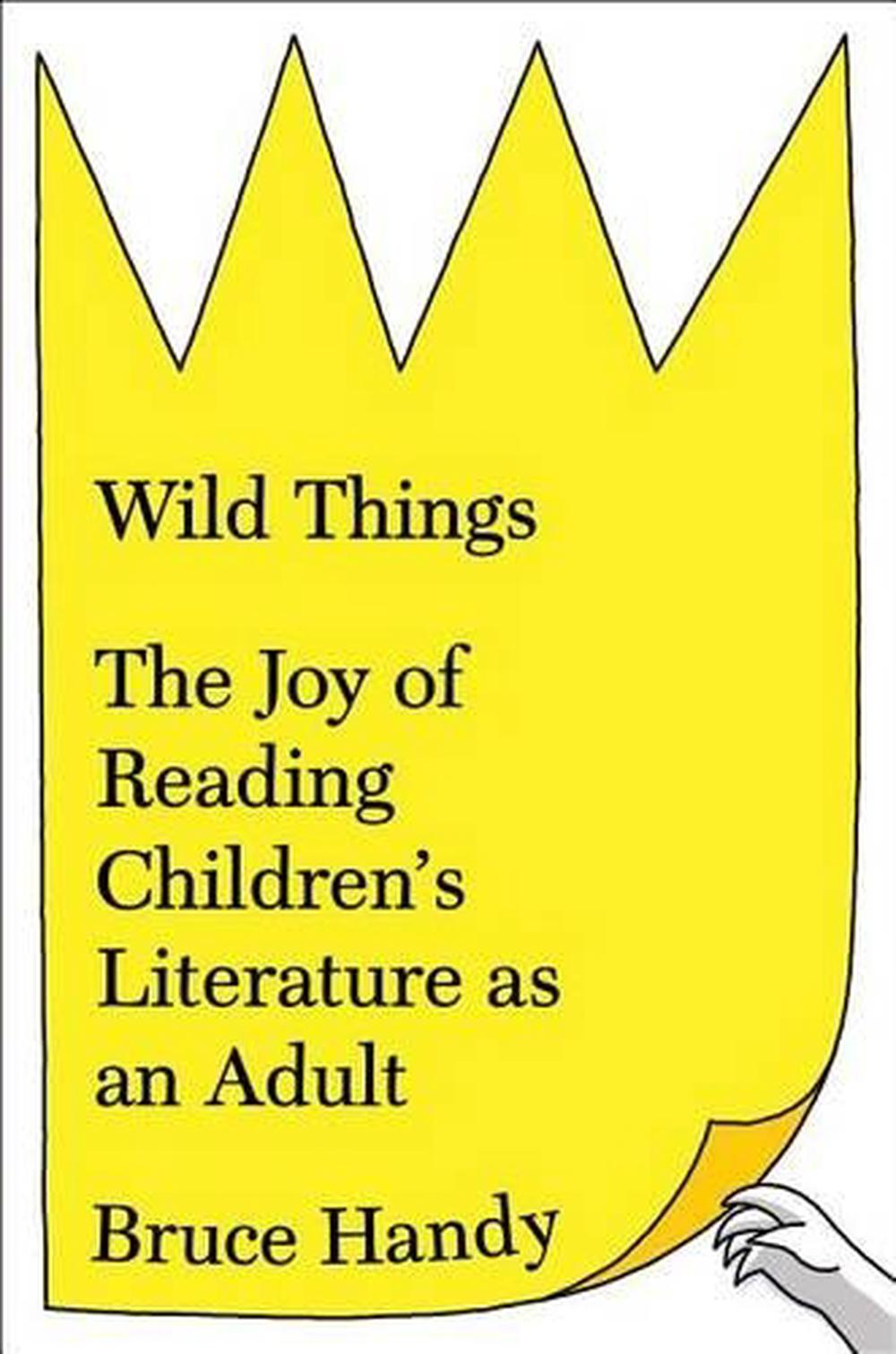

Okay, but I thought we were talking about children's literature. Okay, so where exactly is the joy of the adult then? Later, the author spends pages to retell The Juniper Tree, admits that he adores it and concludes that it is definitely not for children. In the first two chapters, for example, the author praises two classic books by Margaret Wise Brown as excellent children's literature, but labels them unacceptable from an adult's perspective.

Mostly it's a random, scattered (and very joyless really, though the author is probably unaware of this result) mix of children's literature history, criticism, biography and early childhood reading theory, though none of those get elaborated on and they never seem like a coherent whole. The subtitle of the book is The Joy of Reading Children's Literature as an Adult, but there's barely anything on the topic in it. I learned about some books I haven't yet read but would like to read and found out a few curious details about books and authors I already like.Īs a whole, though, Wild Things was an unsatisfying and at times very annoying read. It was an interesting personal rundown on some of the history of American children's literature. White, Wild Things will bring back fond memories for readers of all ages, along with a few surprises. A clear-eyed love letter to the greatest children's books and authors, from Louisa May Alcott and L.

It's a profound, eye-opening experience to reencounter books that you once treasured after decades apart. Along the way, Handy learns what The Cat in the Hat says about anarchy and absentee parenting, which themes link The Runaway Bunny and Portnoy's Complaint, and why Ramona Quimby is as true an American icon as Tom Sawyer or Jay Gatsby. In Wild Things, Bruce Handy revisits the classics of every American childhood, from fairy tales to The Very Hungry Caterpillar, and explores the back stories of their creators, using context and biography to understand how some of the most insightful, creative, and witty authors and illustrators of their times created their often deeply personal masterpieces. So how did we get from there to "Let the wild rumpus start"? And now that we're living in a golden age of children's literature, what can adults get out of reading Where the Wild Things Are and Goodnight Moon, or Charlotte's Web and Little House on the Prairie? Offering children gems of advice such as "Strive to learn" and "Be not a dunce," it was no fun at all. In 1690, the dour New England Primer, thought to be the first American children's book, was published in Boston. An irresistible, nostalgic, and insightful - and totally original - ramble through classic children s literature from Vanity Fair contributing editor (and father) Bruce Handy.


 0 kommentar(er)
0 kommentar(er)
